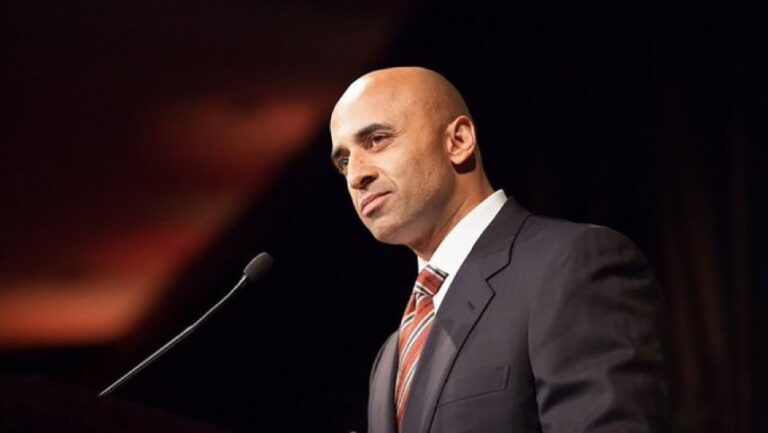 Going by the headlines, it often seems as though the future of transportation is already within our grasp.
Going by the headlines, it often seems as though the future of transportation is already within our grasp.
Depending on which experts you ask, self-driving cars are just five to 10 years from hitting the roads. The rise of ride-hailing apps such as Uber and Lyft point to a world of super-mobility, where on-demand software combined with driverless technology will enable teens, seniors and the disabled to get around without ever needing a car of their own. Airborne drones will revolutionize shipping and logistics, while the Hyperloop promises to cut long-distance commutes down to a matter of minutes.
And yet, data still suggest this future is much, much further off than media reports project.
– Uber and Lyft are niche businesses
Let’s look specifically at driving. The latest evidence comes from a Pew Research Center survey released Thursday that found a staggering share of Americans haven’t a clue what Uber and Lyft are – despite the fact that Wall Street happens to value Uber at more than $62 billion.
Just 15 percent of Americans have ever used a ride-hailing app, according to Pew, meaning roughly 9 in 10 Americans have yet to experience the phenomenon that is supposedly revolutionizing the way we travel and work. About one-third of Americans have never heard of Uber and Lyft at all.
What explains this wide gap? Is the media simply full of elites who exist in an echo chamber of their own making? Well, partly. But it also highlights something else about our society.
Driving is down. But car ownership rates are still sky-high.
Back in 2013, the University of Michigan’s Transportation Research Institute published a study of American driving habits. And what it found was that, across almost every metric, Americans were driving less compared with a decade ago.
The report’s author, Michael Sivak, found that the number of cars per American was also on the decline. Sivak’s follow-up research suggests that trend is deepening; 9.2 percent of U.S. households now report owning no automobile, compared with 8.7 percent in 2007.
But that still leaves a tremendous share of households that still have at least one car at home.
– Owning a car means not needing ride-hailing apps as much
Car-ownership rates matter to this equation because if you have access to your own private transportation, that’s a disincentive to use a ride-hailing service. You’ve already paid for your own car, and it’s depreciating in your garage, so you may as well use it. Maybe you live in the suburbs, where calling an Uber takes longer than in the city. Either way, your exposure to ride-hailing services is affected by your ability to choose your own vehicle.
There are obvious exceptions: Maybe you take Uber to dinner parties where you know you’ll be drinking, even if you have a car parked in your garage at home. Or you’re at your office but have a business lunch across town where parking will be in short supply. Car ownership and ride-hailing are not by definition mutually exclusive; in many cases, they’re complementary.
But the point is this: It’s not that ride-hailing makes no sense for car owners. It’s just that it makes less sense, at least right now. And that makes all the difference.
– Not needing ride-hailing means adoption will take a little longer
The fact that a huge number of U.S. households continue to own cars helps explain why so few Americans have heard of Uber and Lyft, or have given them a try. This may turn out to be a good sign for ride-hailing apps: It suggests there’s much more room to grow. But acquiring those customers will take work, resources and, finally, time.
Automakers and ride-sharing services are racing to develop new business models that will see cities teeming with cars that show up at a moment’s notice. These cars will pick you up, drop you off at your destination and then move on to the next passenger – all without a human behind the wheel. This model will work most efficiently in cities, where population density reduces the cost of getting to the next fare. And because of how urban the country has become, this trend stands to affect a vast number of people.
But many of us will be slow to adapt to these changes, either because we live in a rural area where ride-hailing is uneconomical, or we live in an urban area where walking, biking and public transit offer even better alternatives, or we own cars that already meet our needs.
(c) 2016, The Washington Post · Brian Fung










